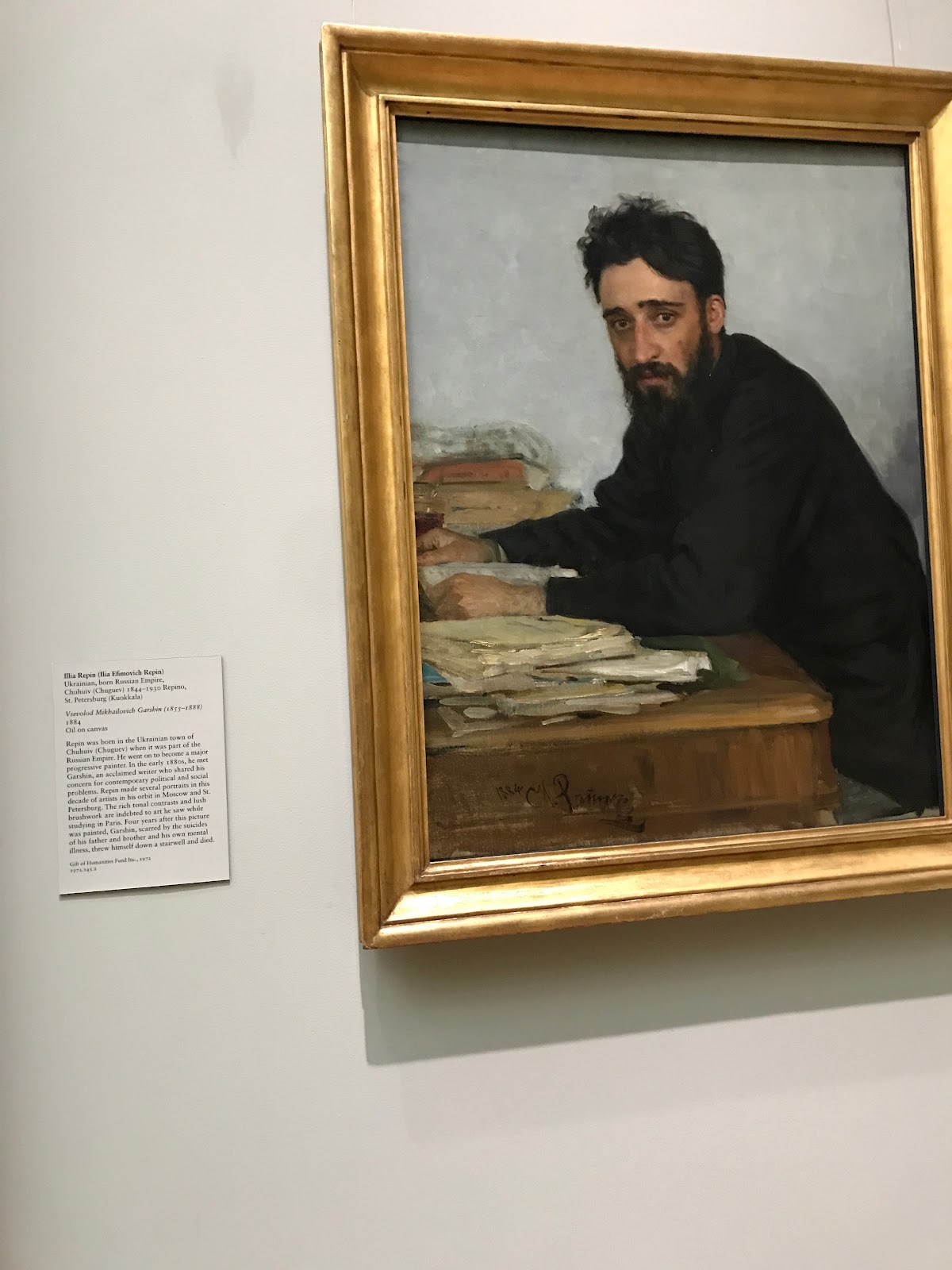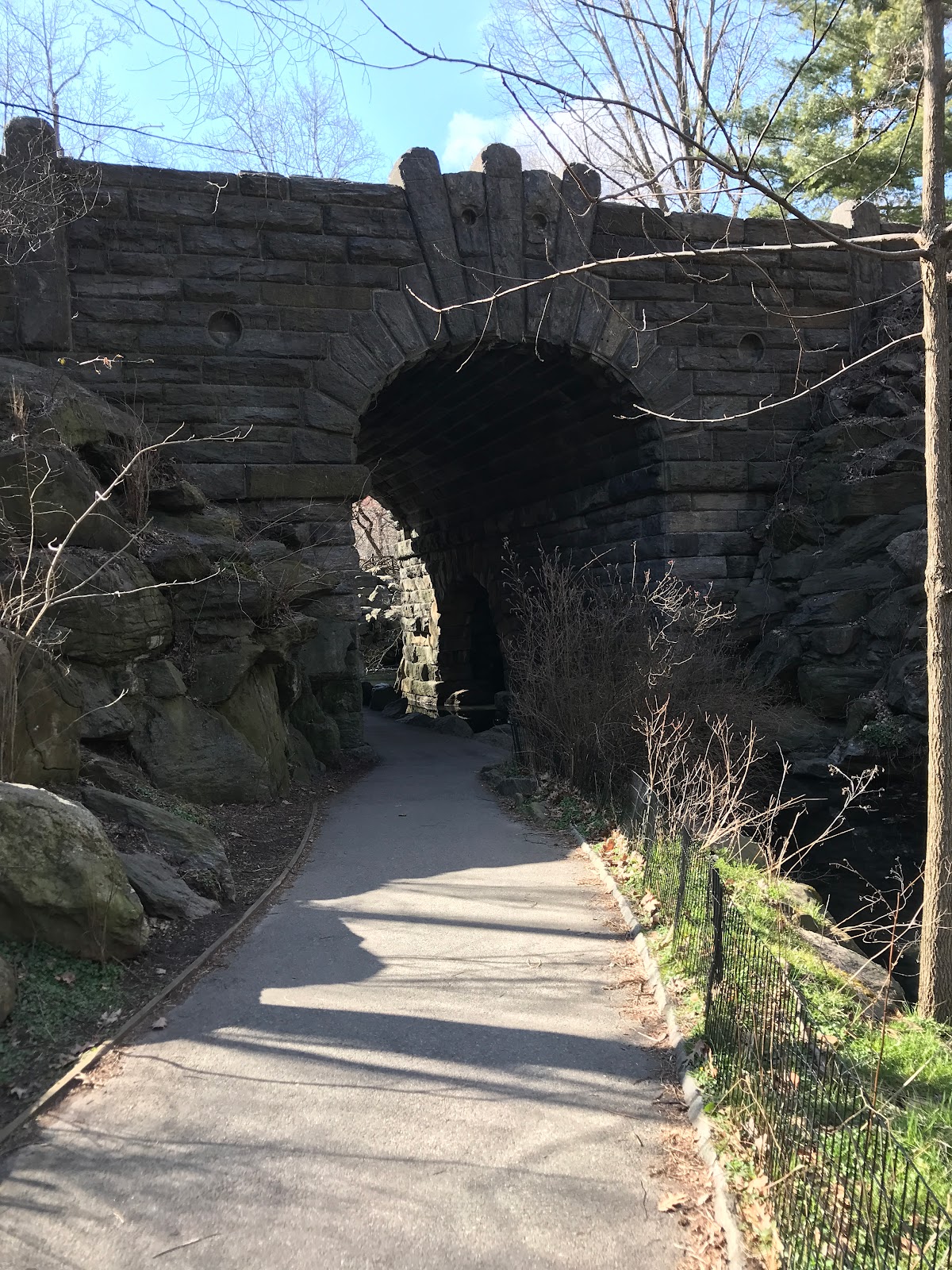When I was a girl, my dad would take me and my brother and sister to San Francisco once a year. It was a big event, worthy of white lace anklets and black patent leather shoes. We'd ride cable cars and buy tiny sea shell baskets at Fisherman's Wharf. Then, as the fog rolled in and the neon signs flickered on, we'd walk through North Beach to a cafeteria my dad had liked since college. Across one big wall was a large mural depicting life in the City back in the 1930's, and Dad explained to us that it was a WPA mural. He told us that through the Works Progress Administration during the Depression, the government had paid unemployed artists to do all sorts of projects all over the country, like the murals in Coit Tower and mosaics on the UC Berkeley campus. We went back a few years later and discovered that the mural in the cafeteria had been replaced by large photos. We were indignant.
Ever since then, I've had a special place in my heart for WPA art. Last week in Washington DC, I saw these paintings in the Smithsonian. I love their accessibility, the way they captured real life.
This last painting was done by Matsuaburo George Hibi while he was in an internment camp during World War II. It's entitled "Coyotes Came Out of the Desert".






